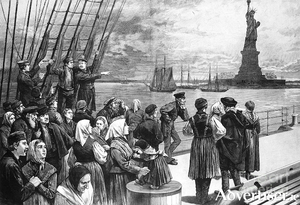Search Results for 'Historical Society'
38 results found.
advertiser In brief...
Mental Health talk for Travellers
Public lecture — ‘The Civil War: A Centenary Perspective’

The Galway Archaeological and Historical Society holds a timely lecture on the Irish civil war of 1922-23 in the Inis Mor ballroom of the Galmont Hotel, on Monday April 11 at 8 pm.
Tragedy at Annaghdown prompts a strange fairy visit
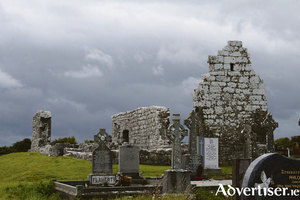
‘My father had a sister Bríd. She was a beautiful woman when she was young. She was friendly with Jack (Seán) ‘ac Coscair, but her father never knew they had spoken a word to each other. It was Bríd who used to rake the fire and close the door each night. She raked the fire and closed the door that night, and she went to bed. She was only a short time asleep when a sinneán (strong gust of wind) came, and the door was blown in against that wall below. ‘Get up, Bríd,’ said her father, ‘and close the door!’
‘Was it wise to sign the Treaty?’
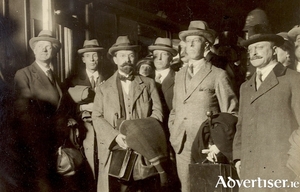
Was the Treaty the means that gave Ireland “the freedom to achieve freedom”, or was it a betrayal of the ideal that had been fought for since 1916 - an Irish Republic?
‘An unbroken history of more than one hundred years’
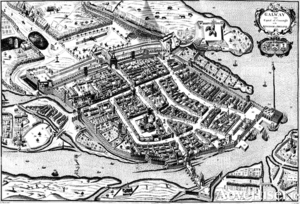
In 1831 Patrick Broderick, from Loughrea, was charged with insurrectionary crimes at the Galway Assizes, and cruelly sentenced to spend the rest of his life in a criminal colony ‘beyond the seas’ in New South Wales, Australia. He was barred from ever returning to his native land. His wife Mary, son John and daughters Ann and Catherine, were left destitute on the infamous Clanricarde estate, one with more than 2,000 tenants.
‘The best security for the honour of a wife, is prudence on the part of the husband.’
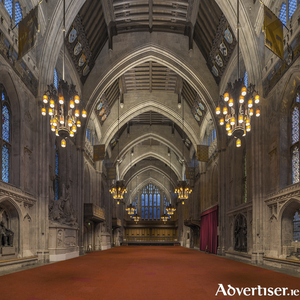
Week III. It took two years since Col Richard Martin’s wife Eliza eloped with John Petrie, a merchant, before the long process of divorce in the 18th century could begin. It promised to be a sensational case given the status of Martin, a larger than life character, one of the largest landowners in Ireland, his reputation as duellist, and his enormous popularity for his gift of mimicry and acting.
The Browne Doorway
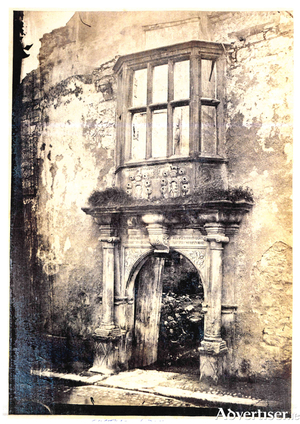
According to a Browne family tradition, the first Browne to settle in Ireland was Phillipus de Browne who in 1172 was appointed Governor of Wexford. He had three sons, one of whom, Walter, settled in County Galway, where his posterity still remains. By around the year 1300, the Brownes seemed to have settled in the Athenry area. They were one of the 14 families from the Irish lower classes who rose to become Galway’s prime merchant families, and who famously were known as The Tribes of Galway.
The extraordinary Fr Peter Daly walks on to the Galway Stage
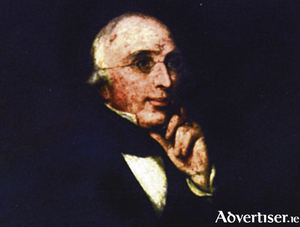
In the early decades of the 19th century fortunes were made in giving hundreds of thousands of emigrants safe passage to America. As the decades slipped by the numbers grew into millions. Liverpool had the main transatlantic business for these two islands, but Galway, situated some 300 miles closer to America, and with the onset of powerful steam-driven ships, believed that a better and quicker service could be provided.
A hero’s welcome in New York for first Galway Line ship
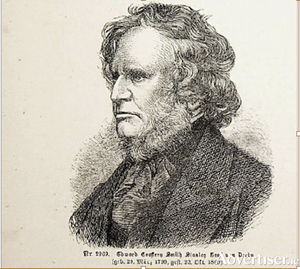
The unfortunate collision of the Indian Empire into the well marked Margaretta Rock in the middle of Galway Bay was a blow to the newly established Galway Line. But by no means was it a knockout. Galway’s vaulting ambition to open a new ‘highway between the old and new worlds’ took on an even more determined energy. The exploitation of steam-power, driving ever bigger ships and faster trains, led to wild speculation as to what could be achieved even from Galway, in the middle of the 19th century.
